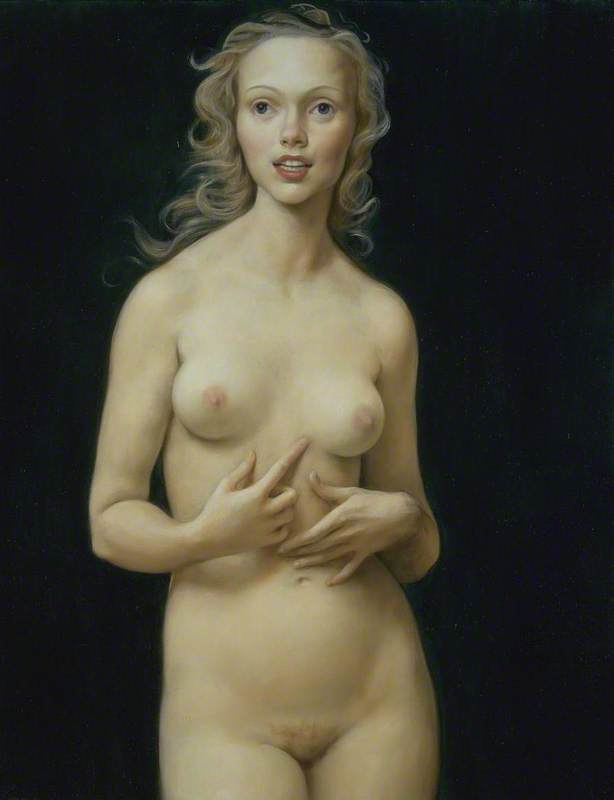
American painter, born in Boulder, Colorado. He studied at Carnegie Mellon University, Pittsburgh, and Yale University. His figure paintings, usually of women, have attracted attention and controversy. They combine cartoon-like distortion with an elaborate semi-illusionistic technique which simulates flesh by the laborious layering of colour with remarkable precision. He originally used photographs in high school year books as a source of inspiration. His work was conspicuously anti-modernist. Like the *Neoclassical painters of the 1980s, he invoked the Old Masters, but not however, for their respectable associations with allegory and history, but for their frank appeal to eroticism. Rubens and Cranach are the favoured models. The Hugh Grant character in the film Bridget Jones: The Edge of Reason signals his lasciviousness by his admiration for Currin, and his work first emerged in the context of anxieties about ‘political correctness’ which created an attractive frisson of risk around eroticized images of women by male artists.
Text source: A Dictionary of Modern and Contemporary Art (Oxford University Press)


